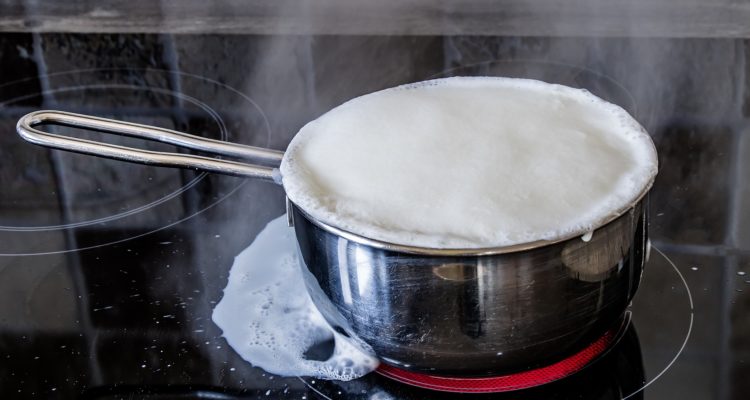A rigorous India-wide milk safety test has revealed that milk adulteration is not as serious a problem in the country as milk contamination from the cancer-causing chemical, Aflatoxin M1, and antibiotics.
◊ By Benefit Publishing Bureau
Visit ORGANIC SHOP by Pure & Eco India
On October 18, the Food Safety and Standards Authority of India (FSSAI) released its full report, ‘National Milk Safety and Quality Survey 2018’. This survey was conducted from May 2018 to October 2018, covering all states and Union Territories, with the objective of monitoring safety and quality of liquid milk in the country.
A total of 6,432 samples of milk were collected from 1,103 towns/cities with population above 50,000, representing both organised (retailers and processors), as well as, non-organised (local dairy farms, milk vendors and milk mandis) sectors. The number of samples collected was linked to population at the sampling locations and covered different types of milk (raw and processed).
A major finding in the survey was presence of Aflatoxin M1 residues beyond permissible limits in 368 (out of 6,432) samples tested. Aflatoxin M1 is a chemical compound, which is carcinogenic. It enters milk through feed and fodder, which are currently not regulated in the country.
Among the top three states the highest levels of Aflatoxin M1 residues are Tamil Nadu (88 out of 551 samples), Delhi (38 out of 262 samples) and Kerala (37 out of 187 samples). This problem is more dominant in processed milk rather raw milk.
The survey further revealed 77 samples had residues of antibiotics above the permissible limits. Amongst the top three states with the highest levels of antibiotics residues are Madhya Pradesh, Maharashtra and Uttar Pradesh.
This is the first time that a quantitative analysis of all samples that failed on account of adulterants and contaminants has been executed. The survey has helped in identification of hot spots, so that more intensified efforts for surveillance and enforcement can be taken up in such areas.
About 41% of the samples tested fall short of one or another quality parameter. Both raw and processed samples were found non-compliant on account of low fat or low SNF (solid not fat), or both. The proportion of fat and solid non-fat (SNF) in milk varies widely by species and depends on the breed, as well as, quality of feed and fodder to the cattle.
Cattle must be properly fed and good farm practices must be adopted in order to improve the amount of fat and SNF in milk. Non-compliance on these parameters in raw milk could be for these reasons or due to dilution of milk with water.
Furthermore, the presence of Maltodextrin in 156 samples and Sugar in 78 samples was also found. This finding was mainly confined to processed milk. While maltodextrin and sugar are not unsafe, they are added to milk to raise the level of fat and SNF, which is a wrong practice. Maltodextrin and sugar are added to raise the level of fat and SNF. Maltodextrin is high on the glycemic index (GI), meaning that it can cause a spike in your blood sugar.
While, all samples were tested on the spot for critical parameters of quality and safety, samples that failed on account of contaminants and adulterants were subjected to confirmatory analysis. This was done by proficient analysts in NABL-accredited and FSSAI-recognised laboratories using high-end equipment and employing established testing protocols.



Leave a Reply